If you like whiskey (and chances are, if you like whiskey, you love whiskey), you know a bit about mash bills, and the impact of a particular grain on your final, incredibly drinkable product. Rye whiskey has a bit of a serious history in the Americas (a bunch in Pennsylvania), something we’ll get into soon enough, but meanwhile, what you should know is there’s a serious emphasis on a majority of rye as the total component of the mash bill. (Compare that with bourbon, which insists a contrasting 51% corn mash bill.)
What does that mean for you, the awesomely chill yet solicitous whiskey consumer? Rye is going to give you a lot of what you haven’t had: spice, fruit, a different—and dare we say, playful—splay of flavors. Rye and alcohol heat are happy friends, as are most ryes and cocktail recipes. So, buying up some rye isn’t at all a bad idea.
Just a few terms to get: Straight Rye Whiskey can’t be color corrected; Barrel Proof means it isn’t watered down to the typical 40% ABV, and Single Barrel means exactly what it sounds like—whiskey bottled from one barrel, rather than blended, meaning it sustains all the characteristics of that particular barrel.
Old Overholt Straight Rye Whiskey
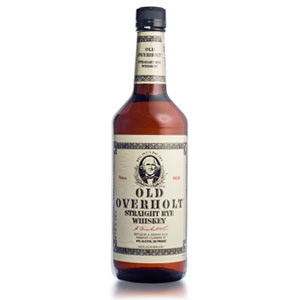
There’s pretty much no argument out there. This is one of the best value ryes on the market, if not the best of the best of the cheapest (of the best). You won’t pay more than $20 (in fact, refuse to), and you’ll get a nice nose of spice and vanilla with some tender orchard fruits and even a bit of pepperiness. Plus enough change to probably buy a taco.
Rittenhouse 100 Proof Bottled in Bond Rye Whiskey
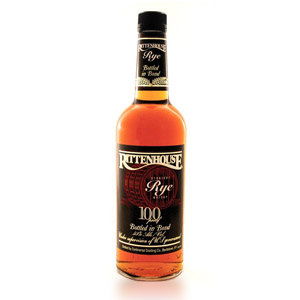
A whiskey made in the impressive-sounding “Monongahela” style, Rittenhouse is another relative steal. Some dark fruit and spice linger deeper down, with bits of honey florals and vanilla on top. Oak picks up the spice on a dry but gently palate-cleansing finish.
Templeton Rye “The Good Stuff” Rye Whiskey
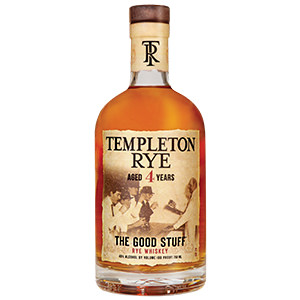
No, they weren’t lazy when they named this. It’s what Templeton, Iowa, residents called the rye whiskey they illegally distilled during Prohibition. Made with a whopping 95% rye mash bill, you’ll get more grassiness and spice floating around, balanced by a fruity fudginess that’s worth more than a few minutes of chewing.
Redemption Barrel Proof Straight Rye Whiskey
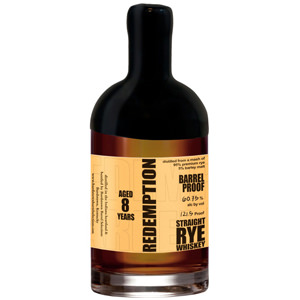
When you go barrel proof (meaning the whiskey isn’t watered down to a lower proof after barrel-aging), you end up with a lot of heat in the glass. And Redemption’s no exception, though that alcohol burn (60% ABV) tends to work with the 95% rye mash bill. Fruit and spice with some drying oak, and a sweetness that maybe competes too hard with the heat? We’ll go back for seconds and let you know.
Bulleit “95” Rye Small Batch Frontier Whiskey
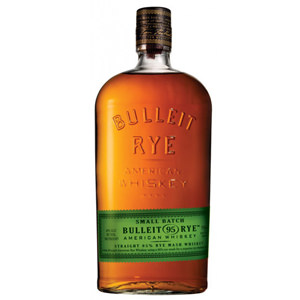
The “95” in the name should clue you in, you’re back in 95% rye mash bill territory. Not that all 95s are created equally. You’ll get some rounder, richer fruit on the nose and a weirdly (but pleasantly) softer palate with some citrus and sturdy oak. Softly sweet as it burns gently down your gullet.
Sazerac 6 Year Old Straight Rye Whiskey
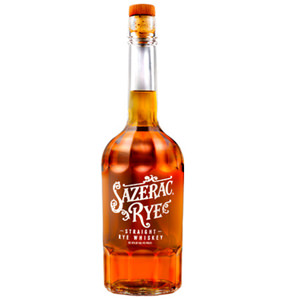
This a corn-heavier whiskey, with the minimum 51% rye content plus 39% corn and the rest malted barley. You’ll get more sweetness from the corn, but it’s not cloying. Notes of black pepper and umami-rich spices like nutmeg and clove come through before they away into a last little punch of heat.
WhistlePig 10 Year Old Straight Rye Whiskey
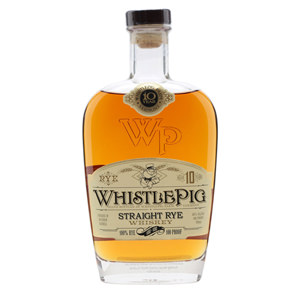
Not sure if you’re ready, but here’s a 100% rye whiskey with 10 years in the barrel. (If it were barrel proof, we’d say all bets are off.) The rye clearly has its day here, although this isn’t too far from a 95% rye whiskey. Plenty of baking spices strut their way over waves of vanilla and fruity caramel, with some brightening, woody citrus. Chewable, for sure.
Michter’s US-1 Single Barrel Straight Rye Whiskey
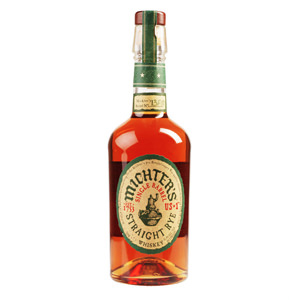
The US-1 isn’t just a gimmick here. It’s the first whiskey produced in “America,” since the distillery was actually founded in 1753. But then you’re also not here for a history lesson. The info you need is that Michter’s “shears” its rye prior to fermentation and ages it in an extra-hot warehouse—basically a genius hack to coax out as much flavor as possible. Spice and pepper meet rich fruit and deep citrus, with a woody backbone that keeps the whiskey—if not you—standing upright.
Willett Distillery Family Estate Single Barrel Straight Rye Whiskey
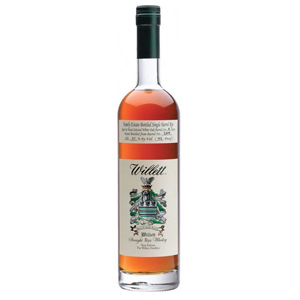
A bit more of a splurge at $80, but then you are getting a single barrel (see above), 126.2 (that .2 really matters?) whiskey. Surprisingly, it’s not going to burn your palate to smithereens; there’s mediating creaminess and banana sugary sweetness, plus the spice and subtle graininess you’d want from any rye.
Crown Royal Northern Harvest Rye Whiskey
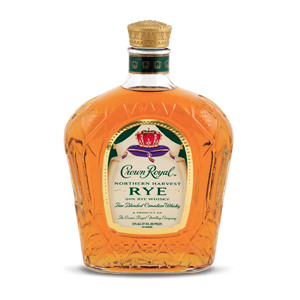
This was declared the Whiskey of the Year in 2016 by the slightly controversial Jim Murray (he’s kept Scotch out of his “Top 5 Whiskies” for two years running). Incredibly light bodied and light in color, with hints of soft green apple and some supple wood (like bendable twigs?). The major factor here is the levity of it all, with spice and utterly delicate fruit in a lighter body than you’ll find in most ryes. Different, for sure, and absolutely worth a taste, especially considering the ridiculously low price.
High West Distillery “Double Rye” Straight Rye Whiskey
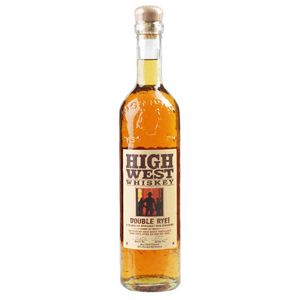
A very different kind of rye—double for a reason. There are two kinds of rye in the mix here, actually two different mash bills. One comes from a 95% rye mash bill aged two years, the other a 16 year (yeah, that’s a lot in rye terms) with a 53% rye mash bill. The result is a truly complex rye, at 46% ABV, with a mini-mosaic of flavors to offer: toffee, spice, and toothy fruit with some eucalyptus and drying oak. Plunge into the deep end of this one to discover more.
